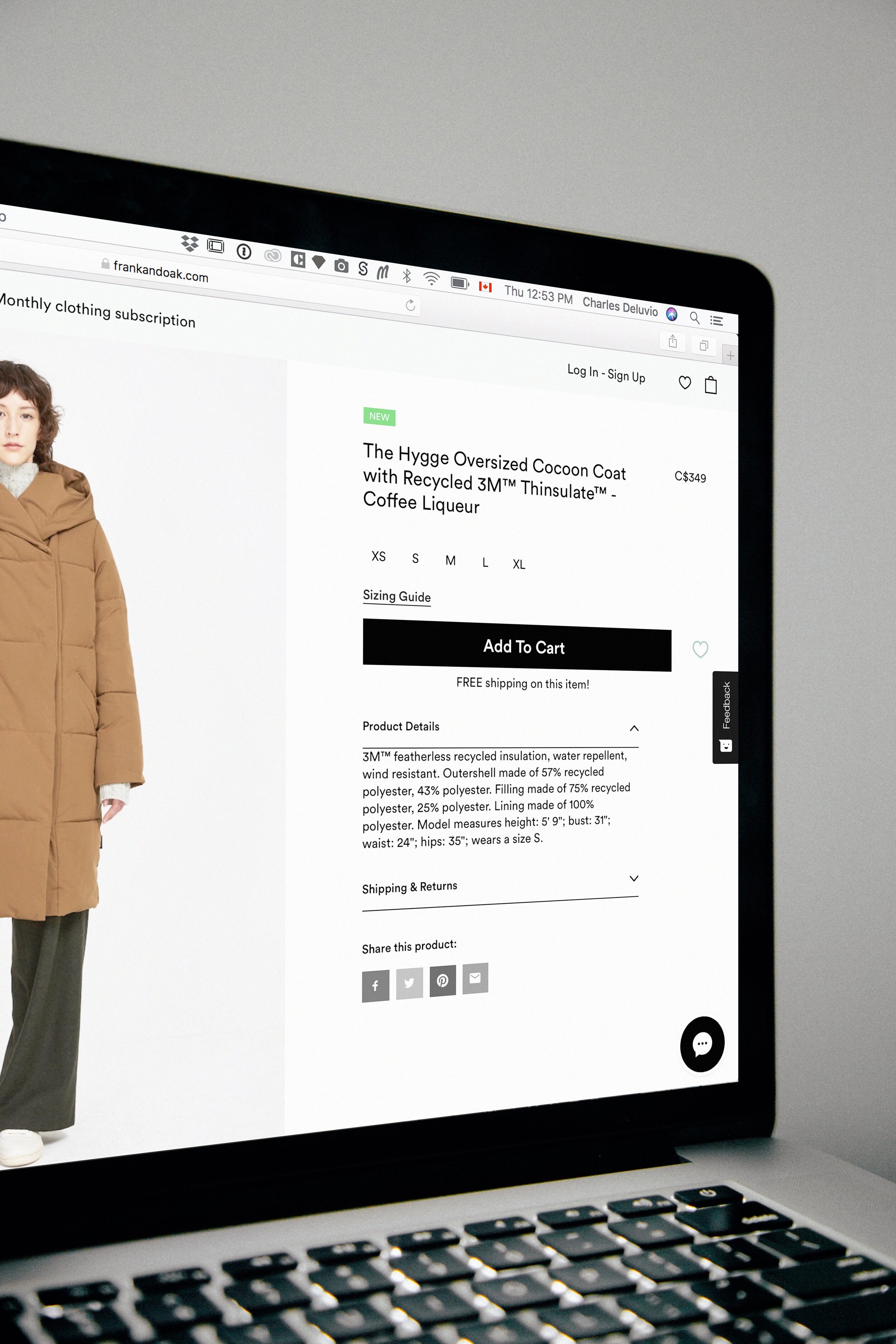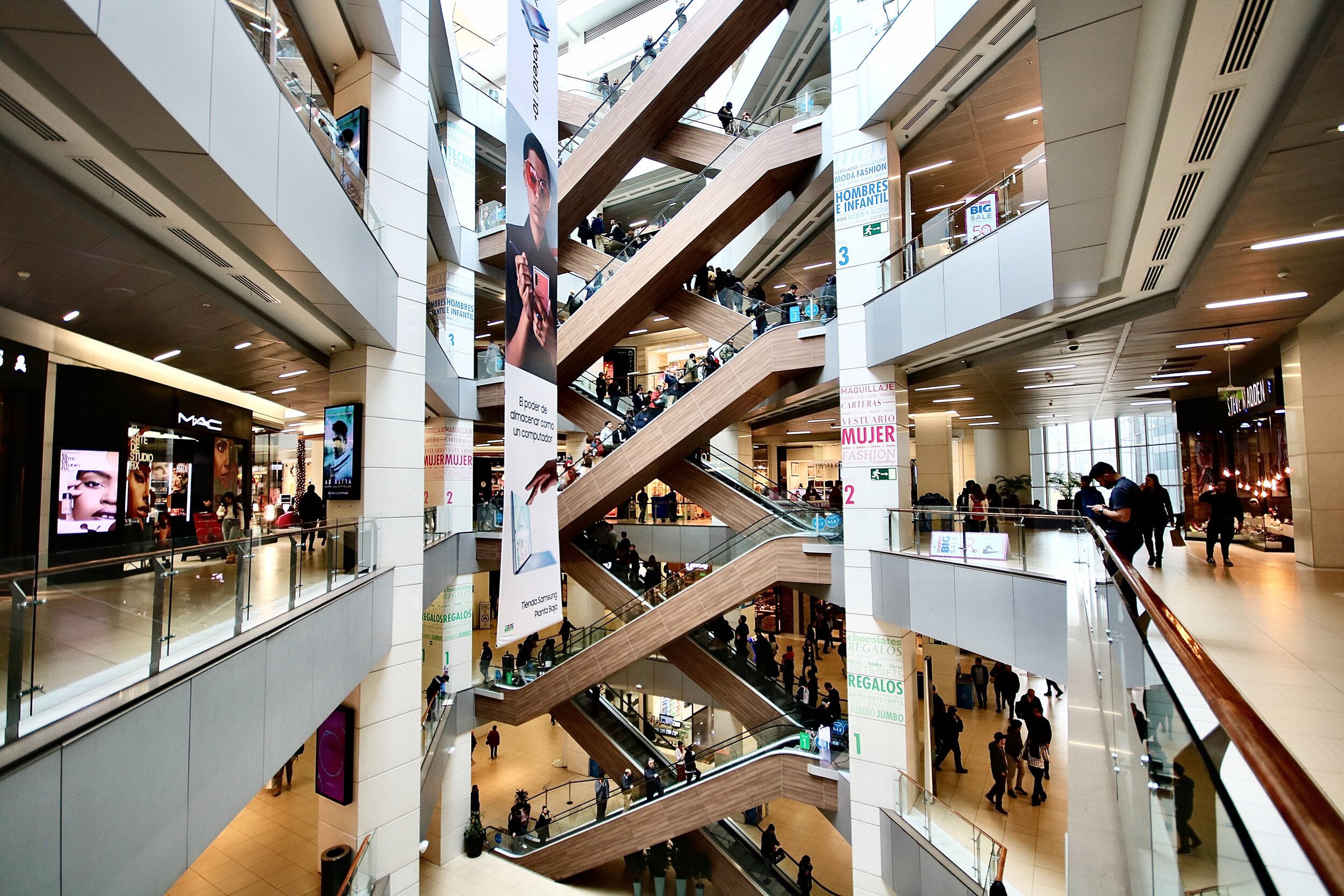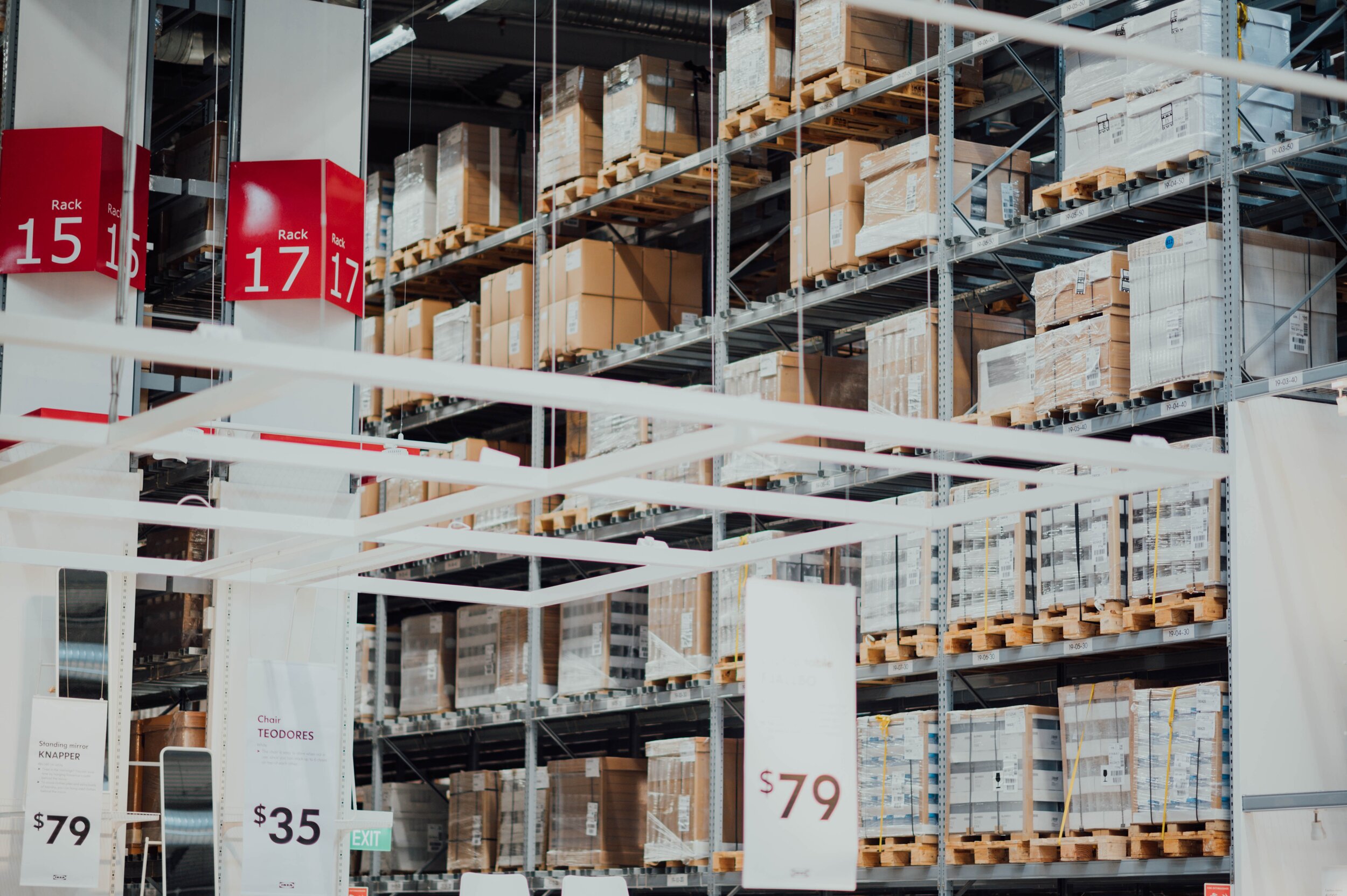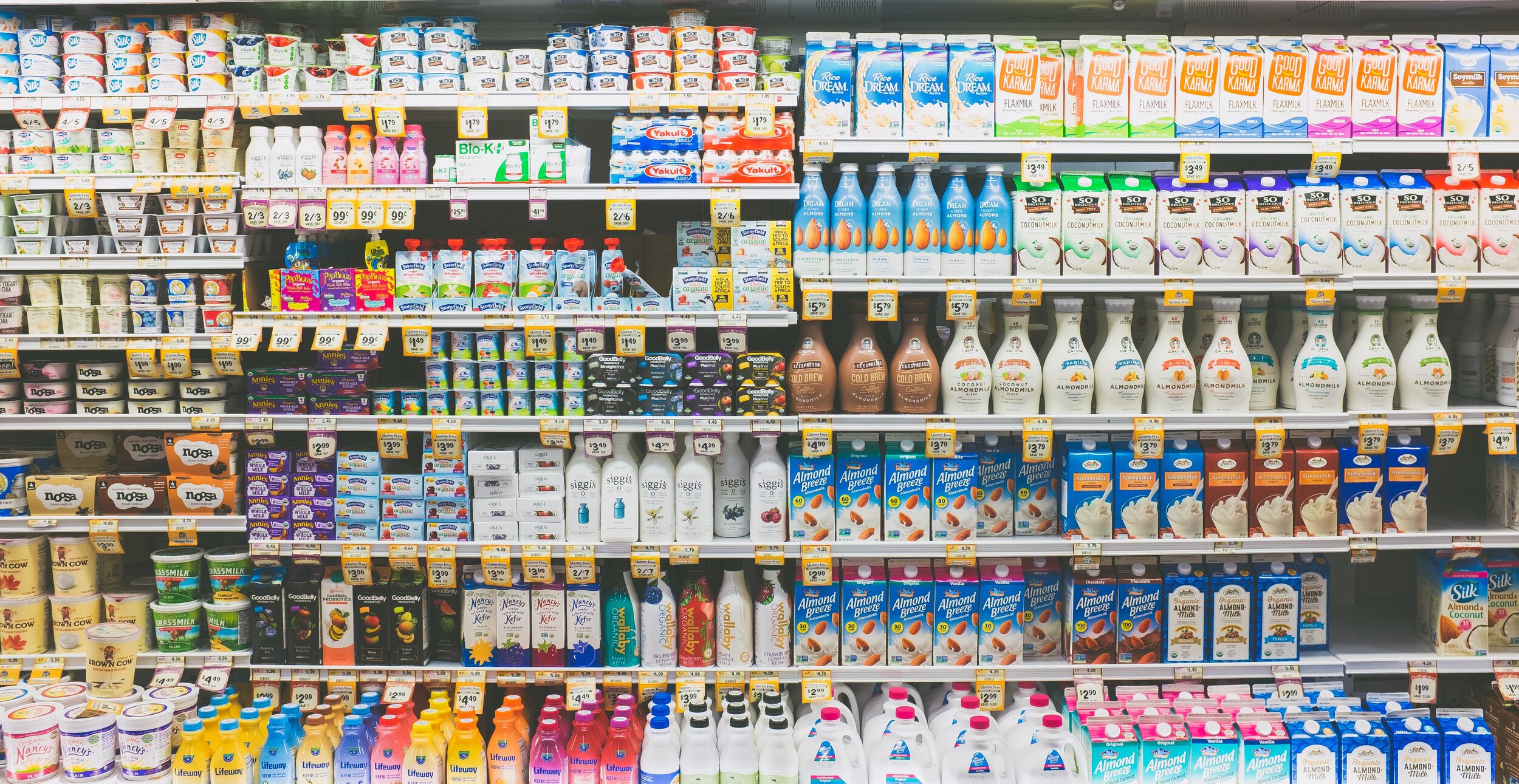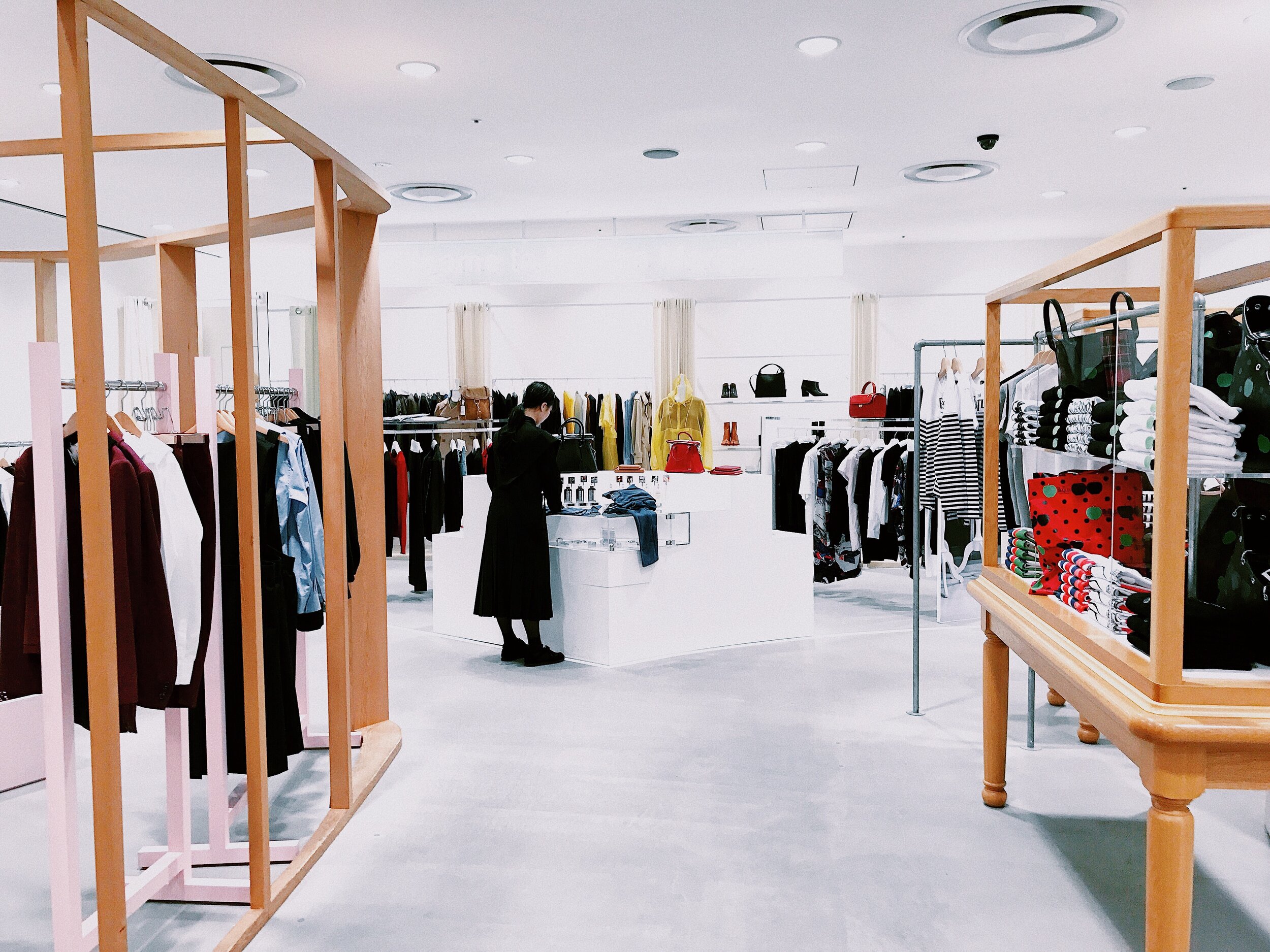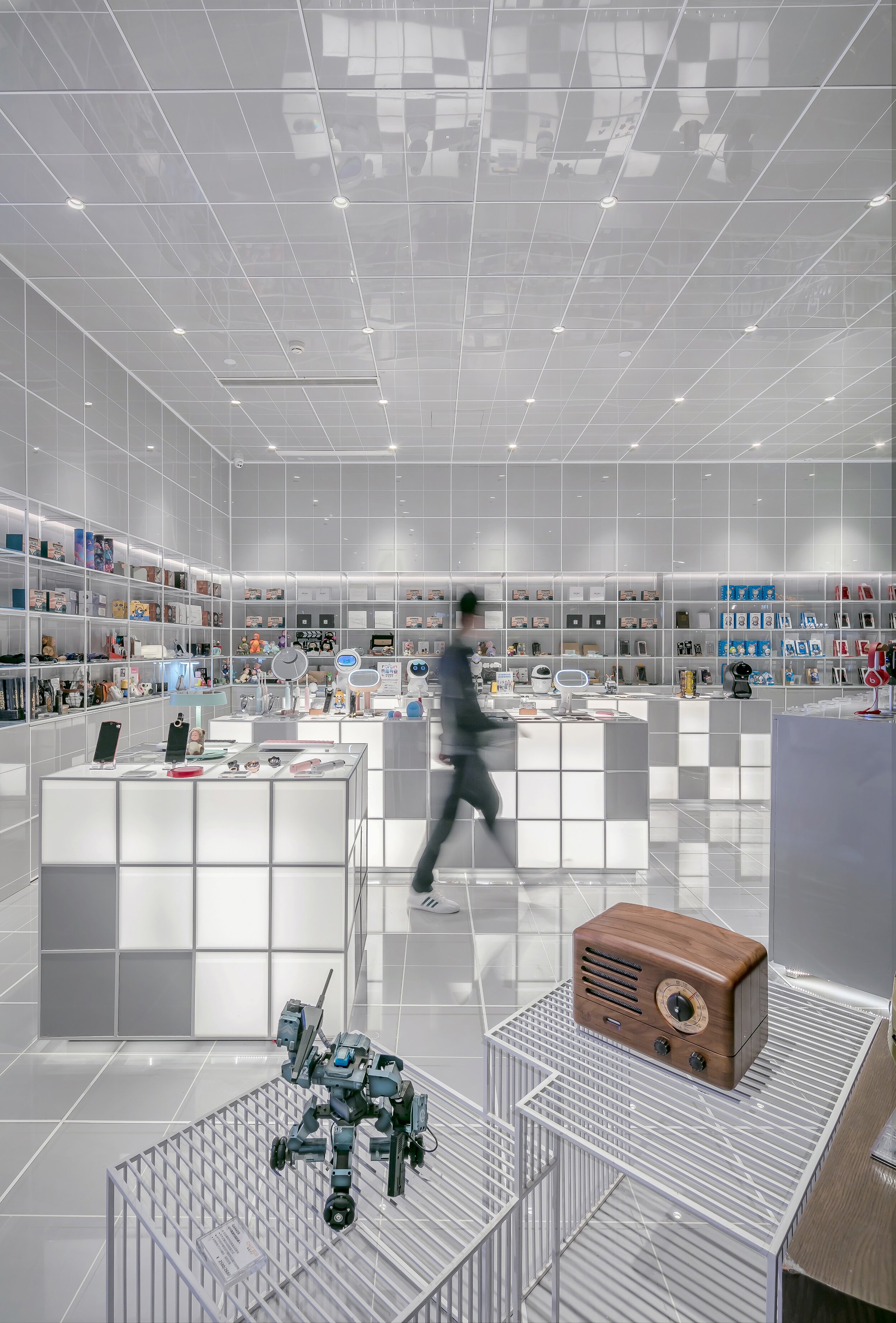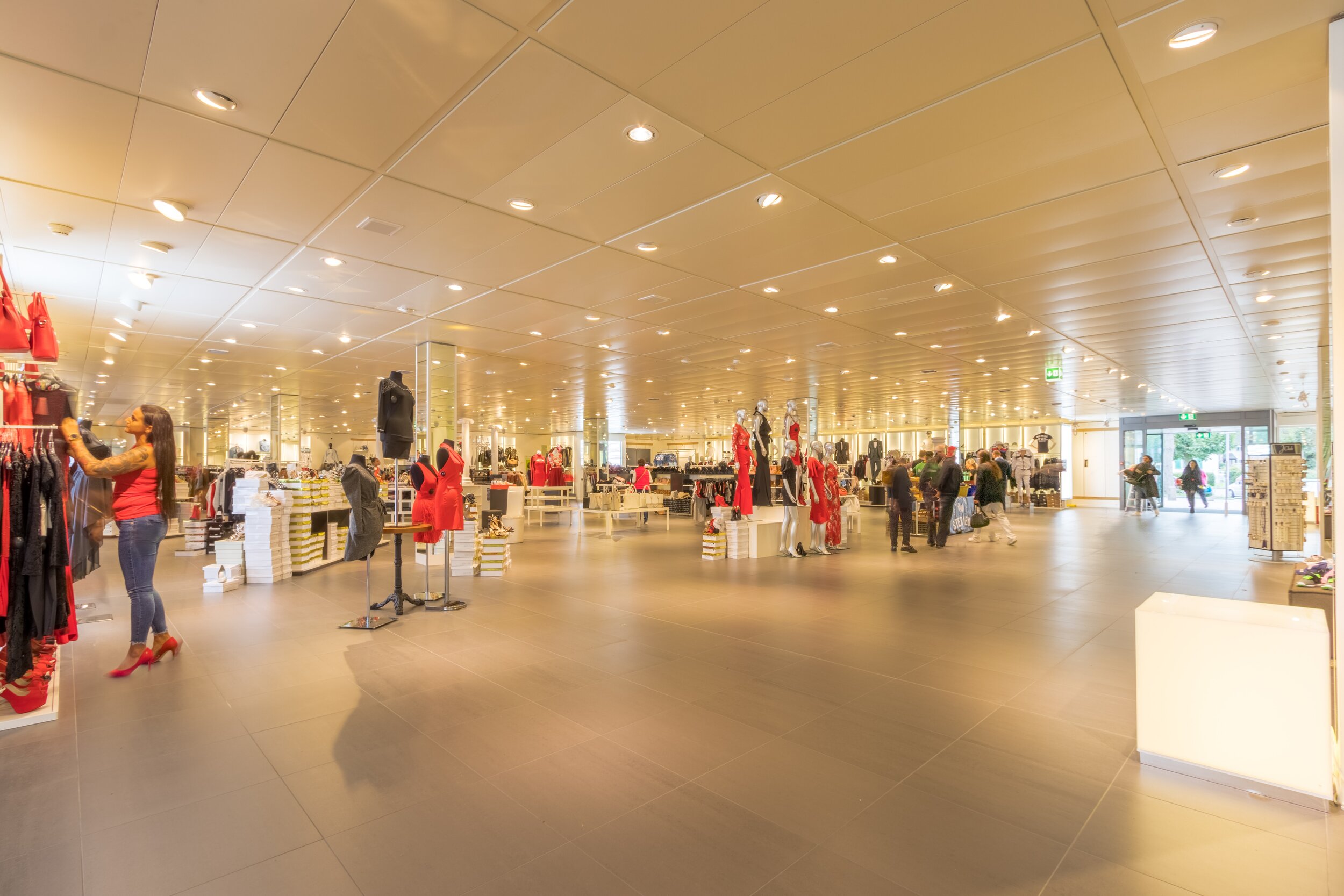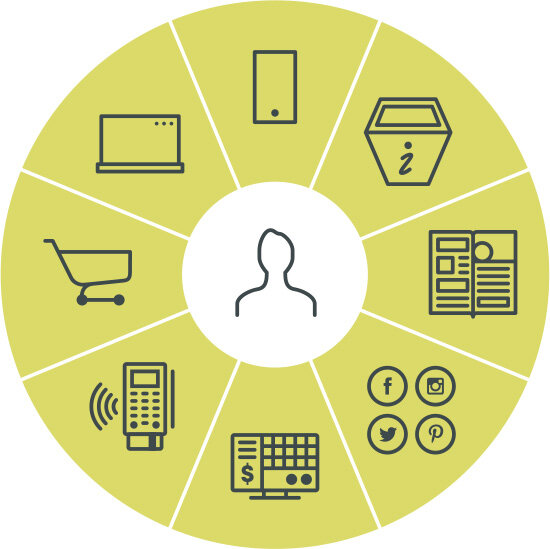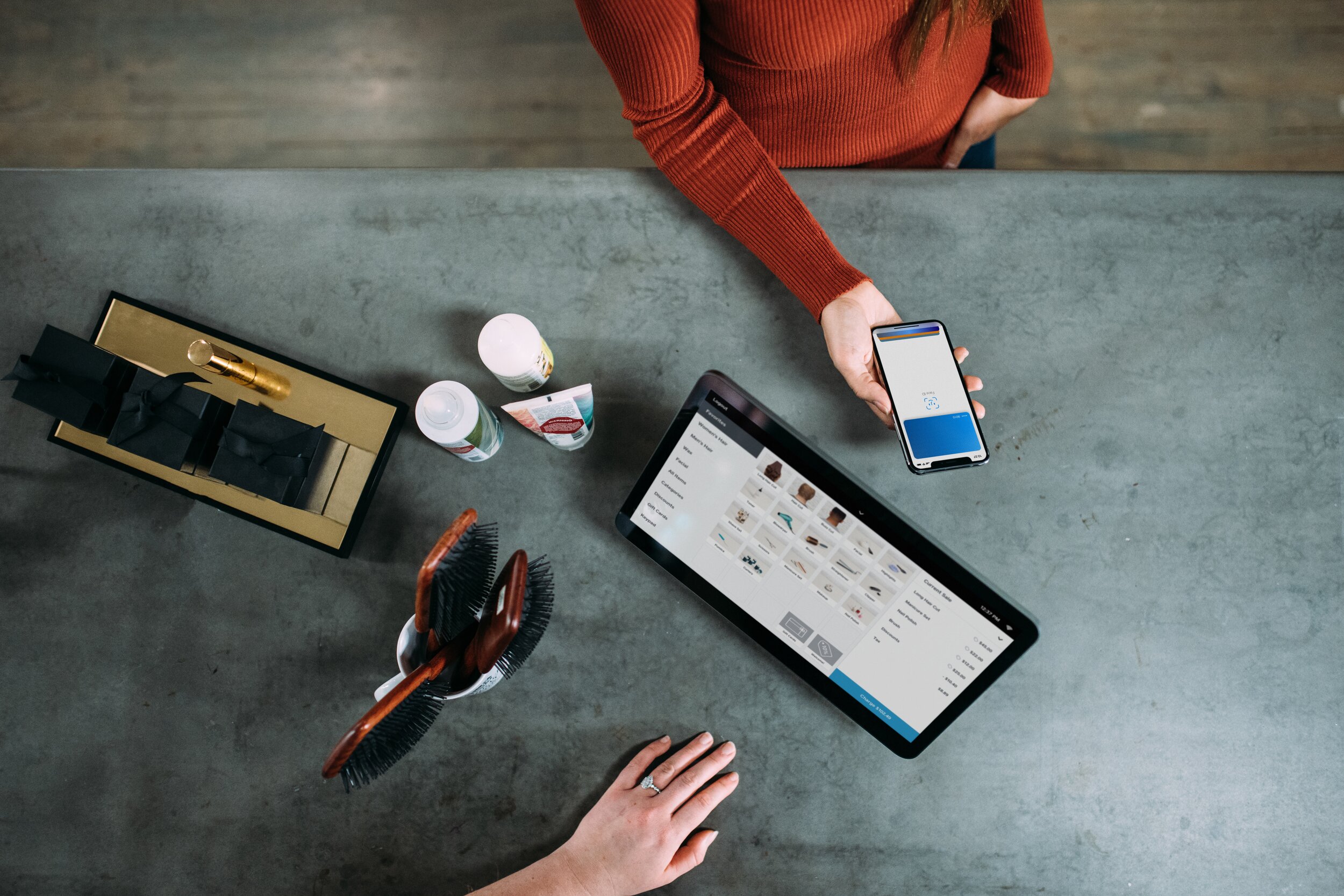Two of our amazing clients have been recognised in the latest CIO50. Shane Lenton of Cue Clothing is ranked #8 and Rohan Penman formerly of T2 Tea is ranked #23 on the list of Australia’s most innovative technology and digital leaders.
We’re very proud of the partnerships we’ve built and how Infinity supports each retailer to deliver frictionless customer experiences that are driving engagement and growing revenue. And we feel very fortunate to work with such inspiring leaders and their talented teams to deliver game-changing customer experiences.
Here’s why Shane and Rohan made the cut:
Shane Lenton – the innovator
Shane is among the first retailers globally to pioneer unified commerce to create immersive and “zero-friction” experiences for customers across all channels and touchpoints.
That meant that Cue was able to find entirely new and now bursting pockets of opportunity during the pandemic, with the CIO50 judges saying:
“The results have been spectacular, with Cue establishing itself as a true innovator in transforming the retail experience at a time when most companies in the sector were on their knees if they hadn’t yet closed their doors.”
Read Shane’s CIO50 story where he shares his approach to delivering award-winning customer experiences.
Rohan Penman – the change agent
Rohan’s ranking is fantastic recognition of his success driving a major digital transformation over the past 24 months, revamping enterprise systems including the implementation of our Infinity unified commerce platform.
Rohan and his team also managed the global rollout of Infinity point of sale, saying: “This has transformed inventory management as well as customer loyalty and voucher tracking, giving customers more immersive and frictionless experiences.”
Read Rohan’s CIO50 story where he shares his milestones over the past year, and approach to leadership and agile working.
If you’d like help to develop a unified customer journey, get in touch. We’d love to explore how Infinity can help you give customers more personalised and frictionless experiences across all channels.
Find out how a move to a unified commerce strategy gives you the flexibility and agility to keep ahead of consumers’ changing needs. Download our ebook.










